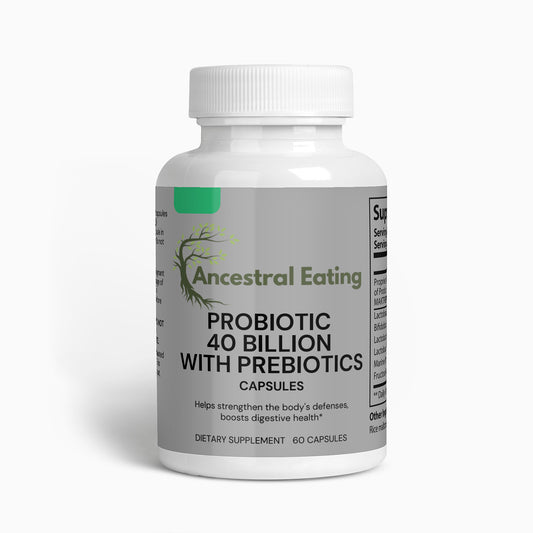Kuwait, a country on the northeastern part of the Arabian Peninsula, has a rich culinary history that reflects its position as a coastal trading hub and its cultural ties to the wider Arab world, as well as Persian, Indian, and African influences. Over the last 500 years, the food landscape has evolved but remains anchored in traditional ingredients and cooking methods. Here's a look at the foods people in Kuwait have been eating over this time period:
Staple Foods
- Rice: A primary staple, often flavored with spices like saffron and turmeric.
- Bread: Including traditional types like "Khobz" and "Regag," a thin bread.
Proteins
- Fish and Seafood: Given its coastal location, fish like Zubaidi (Pomfret) and Hammour (Grouper) are common.
- Meat: Lamb, chicken, and occasionally goat are prevalent. Beef is less common but still consumed.
- Poultry: Chicken is widely consumed, in dishes like "Machboos" (spiced rice and meat).
Dairy Products
- Yogurt: Consumed plain or used in cooking.
- Cheese: Including traditional soft white cheese and imported varieties.
Fruits and Vegetables
- Dates: Consumed fresh or dried, and used in a variety of dishes and snacks.
- Citrus Fruits: Like oranges and lemons, used for their juice and zest.
- Various Vegetables: Including eggplants, tomatoes, cucumbers, and peppers.
Seasonings
- Spices: Such as turmeric, cumin, and cardamom.
- Herbs: Including mint and parsley.
- Saffron and Rosewater: Often used in desserts.
Traditional Dishes
- Machboos: A spiced rice dish often served with fish, chicken, or meat.
- Margoog: A vegetable and meat stew, thickened with wheat flour.
- Harees: A dish made from wheat and meat, similar to porridge, often served during Ramadan.
- Mutabbaq Samak: A spiced fish casserole layered with rice.
- Falafel: Deep-fried chickpea patties.
- Shawarma: Meat, often chicken or lamb, cooked on a vertical rotisserie.
Sweets and Desserts
- Halwa: A sweet, dense confection made with rosewater, saffron, and various nuts.
- Baklava: A sweet pastry made of filo dough, honey, and nuts.
- Luqaimat: Fried dough balls soaked in sugar syrup.
Beverages
- Coffee: Arabic coffee ("Gahwa") is a traditional offering for guests.
- Tea: Consumed frequently, sometimes flavored with mint or other herbs.
- Jallab: A drink made from dates, grape molasses, and rose water, often enjoyed during Ramadan.
Foreign Influences and Modern Foods
- Indian Influence: Due to trading links, dishes like Biryani and various bread like "Parotta" have been incorporated into Kuwaiti cuisine.
- Persian Influence: Dishes like "Kebab" and the use of certain spices reflect this influence.
- Western Foods: With modernization, Western foods like burgers, pizza, and fried chicken have also found a place, especially among younger generations.
Over the centuries, Kuwaiti cuisine has absorbed various cultural influences but has also retained its own identity. With a focus on communal eating, the cuisine reflects the social fabric of Kuwaiti culture, from the simple pleasure of sharing a pot of Gahwa to elaborate family feasts featuring Machboos and fresh seafood.






